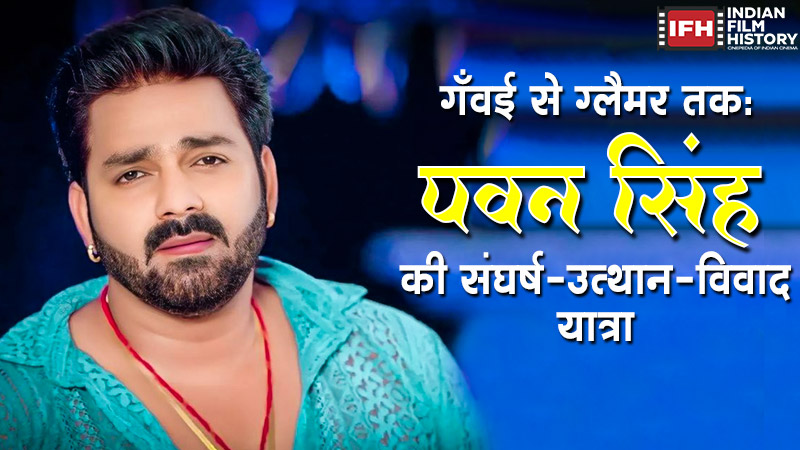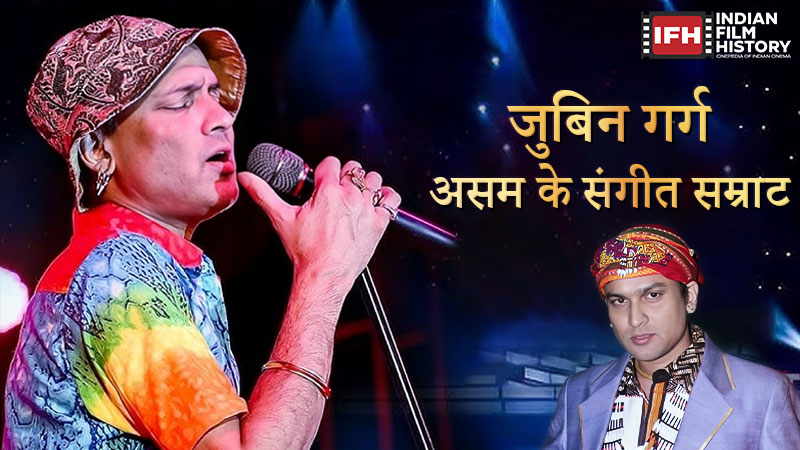Bollywood’s most versatile and learned film lyricist, Sahir Ludhianvi, who wrote the classic song Kabhi Kabhi Mere Dil Mein Khayal Aata Hai…. And many soulful and hard-hitting numbers, like Tu Hindu Banega Na Musalmaan Banega, celebrate his birth centenary this year. On this occasion, the Indian Film Industry (IFH) pays the legendary poet a salutation!
The Poetic Genius of Sahir Ludhianvi
Born as Abdul Hayee on March 8, 1921, Abdul Hayee chose the pen name Sahir while reading a verse of the celebrated Urdu poet Mirza Daag. The verse was
‘Is chaman mein honge paida bulbul-e-shiraaz bhi…
(This garden shall see the birth of many nightingales.)
Sankrron Sahir bhi honge sahib-e-ejaaz bhi!
(There will also be many wizards who will perform miracles.)
Sahir means wizard, and like a true wizard, Sahir Ludhianvi created miracles with his pen. Sahir is perhaps one of the few lyricists in Hindi cinema who changed the course of Hindi cinema lyrics. He rose above the frontiers of Hindi cinema and gave the film lyrics a new dimension! He brought a revolution in Hindi film lyrics and liberated the Hindi film lyricists who were slaves of the music director and penned lyrics as per the dictates of the tune!
Revolutionizing Film Lyrics: Sahir’s Legacy
Sahir, in stark contrast, instead of the run-of-the-mill filmy lyrics, brought in a new lease of fresh air by writing songs that were not just a source of entertainment but forced the society to think! In B.R. Chopra‘s film Sadhna, Sahir poured out all his emotions about the pathos and the traumas of a woman in a heart-rending lyric that even puts great English poets like William Wordsworth or Tennyson into a backseat. The lyric went—
Aurat ne janam diya mardoon ko, Mardoon ne use bazaar diya
(Woman gave birth to men, and men gave her the flesh market.)
Jis kokh se tumko janam diya, us kokh ka vyapar kiya!!
(The womb in which their bodies were formed: They reduced that womb to mere merchandise.)
Guru Dutt was most influenced by Sahir‘s poetry, and in his film Pyaasa he used Sahir‘s poems befittingly. The song Jinhe Naaz Hain Hind Par Who Kahana Hai? is a vivid narration about the pathetic plight of the sex-worker ladies in India. What is great about Sahir as a poet is that his songs are relevant in every century. For instance, the songs Jinhe Naaz Hain Hind par who kahana hai? The song was written 60 years ago, but even today the plight of red-light areas has not seen any change.
Timeless Words: The Impact of Sahir Ludhianvi’s Lyrics
The below lines touch your soul and andforce youd to ponder.
Ye sadiyon se bekhauf Sehmi si galiyaan;
(These age old lanes where women live in fear)
Ye masli huyi adhkhili Zard kaliyaan
(These half blossomed buds (i.e., the nubile girls) crushed)
Another song from Pyaasa—Ye Duniya Agar Mil Bhi Jaaye—pierces the heart like a dagger. Read the below lines
Jaha ek khilauna hai inasa ki hasti;
(Where man’s status is a plaything)
Ye basti hai murda parasto ki basti
This dwelling is one of worshippers of the dead
Jahan jivan se hai maut sasti;
(Here death comes cheaper than life.)
Ye duniya agar mil bhi jaye to kya hai
(What is the use if one gains this world)
Way back in the 50s, Sahir had penned this poem and depicted the bitter truth of the world with his razor-sharp verses. The line Jahan jivan se hai maut sasti… is so significant even today, looking at the number of suicides.
Top 5 hard-hitting lyrics
Sahir Ludhianvi: The Voice of a Generation
Aasman Pe Hai Khuda, Aur Zameen Pe Hum (Woh Subah Kabhi Toh Aayegi—1958)
Tu Hindu Banega Na Musalmaan Banega… (Dhool Ka PPhool—1959 )
Sansar Se Bhaage Phirte Ho ….. (Chitralekha –1964)
Yeh Kis Ka Lahu Hai Kaun Mara.. (Dharmputra – 1961)
Kya Miliye Aise Logon Se .. (Izzat –1968)




Leave a Comment